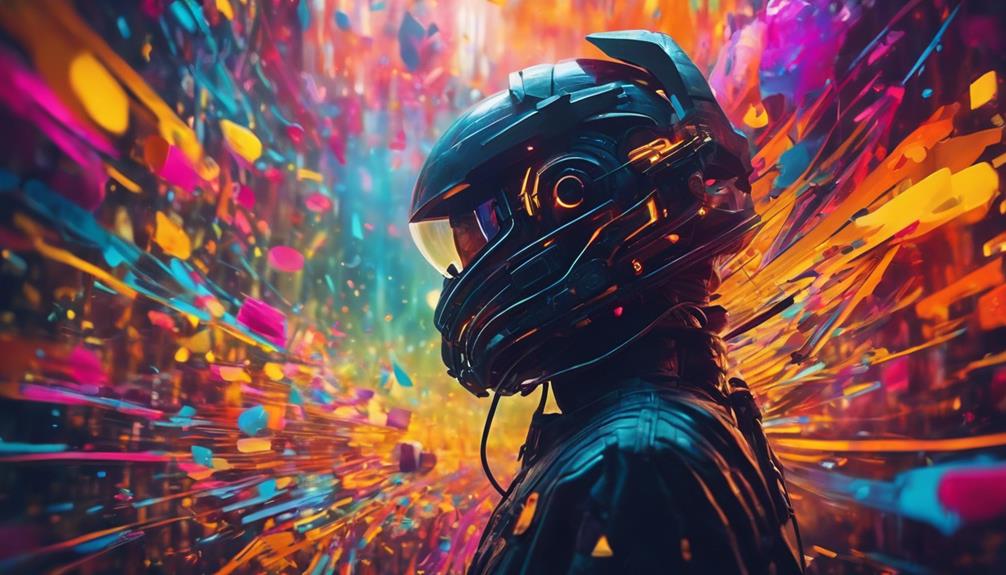Selecting Creative Commons for AI Art
In a world where art and artificial intelligence merge, choosing Creative Commons licenses is a smart move for artists. These licenses cater to the specific needs of those creating with AI, ensuring artists and developers can innovate while still protecting their works.
It’s a way to keep the art world open and collaborative, which is vital for the growth of AI in art. This approach helps maintain a balance, ensuring creators’ rights are safeguarded while encouraging sharing of new ideas.
The choice to go with Creative Commons significantly affects how we view creativity and ownership as AI becomes a more substantial part of our lives.
Key Takeaways
Creative Commons licenses stand out as a strategic choice for creators in the fusion of art and artificial intelligence. They offer a unique blend of freedom and protection, which is crucial for fostering innovation and collaboration in the AI art community.
- Promotes innovation by balancing rights and sharing.
- Supports collaboration in the ever-growing AI art scene.
- Protects creators while keeping the art world accessible.
These licenses play a pivotal role in how we engage with art and ownership in the age of AI, ensuring a dynamic and open environment for all.
Creative Commons Explained
Creative Commons (CC) is a nonprofit organization that helps people legally share their creative work. It’s beneficial in today’s world, where computers can make art. CC makes it easy for artists to say how others can use their computer-made art. This way, artists keep control over their work and get the recognition they deserve.
CC licenses are essential for computer-created art. They set rules for using, sharing, and changing this art. This helps artists feel safe sharing their work and supports the respectful use of computer-made art. It tackles tricky questions about who made something and if it’s genuinely original.
Using CC licenses creates a community where people share and build on each other’s work. This sharing encourages new ideas and helps everyone’s art get better. It’s a win-win for artists and those who enjoy their work.
License Options Overview
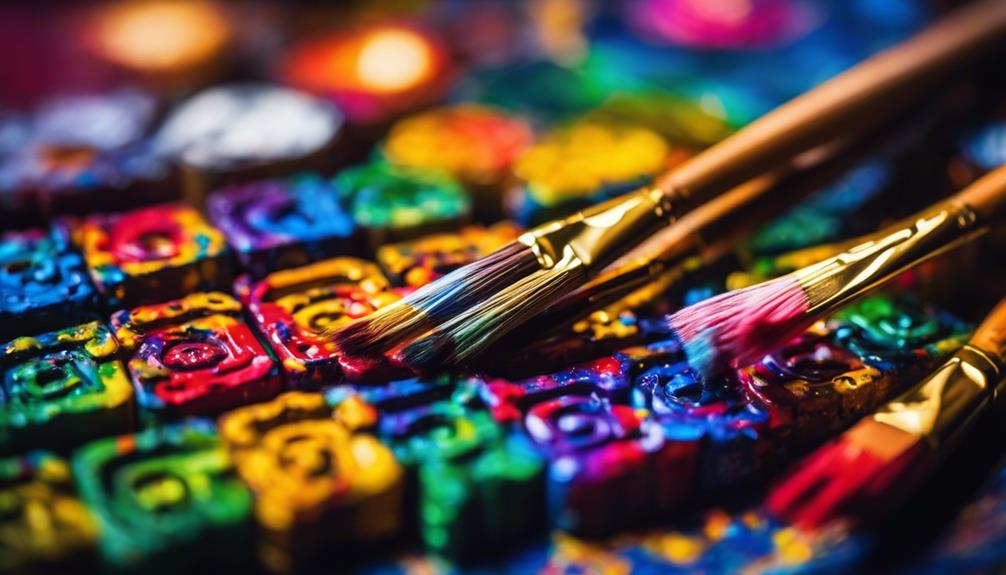
Creative Commons offers a wide range of license options for those creating artwork related to dog breeds. These licenses vary from allowing free use in commercial settings to setting strict rules on how the artwork can be changed or shared. It’s always critical to give credit to the original creator. For anyone making art with dog themes, understanding these licenses is vital. This knowledge helps you stay within legal boundaries when sharing or using your work.
The licenses cover everything from commercial use to how others can modify your dog breed artwork. This ensures creators get the recognition they deserve. For artists focused on dog breeds, knowing the specifics of each license can protect your work and simplify sharing it with a broader audience.
Variety of Licenses
In the world of Creative Commons licenses, artists working with AI have various options for how their work is shared. CC BY allows others to use the work as long as they give credit to CC BY-NC-ND, which restricts commercial use and modifications. This setup lets AI creators specify if and how others can use their creations.
For instance, a CC BY-SA license means if someone alters an AI-made piece, they must share the new work under the same terms. On the other hand, a CC0 license is like giving your work to the public domain, letting people use it however they want without any restrictions. This variety ensures AI artists can communicate their sharing preferences effectively.
Commercial Use Permission
Understanding the rules for commercial use of AI-created artwork with Creative Commons licenses is crucial for creators. Licenses such as CC BY and CC BY-ND allow creators to allow the commercial use of their artwork with the condition of proper credit. This approach promotes the wider sharing and use of creative works while ensuring the original creators are acknowledged.
On the other hand, the CC BY-NC and CC BY-NC-ND licenses limit usage to noncommercial purposes, such as training models, unless the artwork is unchanged. For complete commercial rights, the CC0 dedication enables the use of AI artwork without any restrictions, creating an open environment for the free commercialization and development of creative works.
Attribution Requirements Simplified
Understanding the world of Creative Commons licenses is like knowing the different breeds of dogs. As each dog breed has unique traits, each Creative Commons license offers specific conditions for using AI-created art. These licenses make it easier for artists to explain how others can use their work, from allowing any use to setting limits like noncommercial use, requiring new creations to have the same license, and whether modifications are permitted.
This setup protects the artist’s rights and ensures their work is shared how they want. It’s like choosing the right leash for your dog in the park – it keeps them safe while they explore. By picking the correct Creative Commons license, artists who make AI art can control how their work is used, protecting their creations while encouraging new ideas and teamwork.
Public Domain Dedication
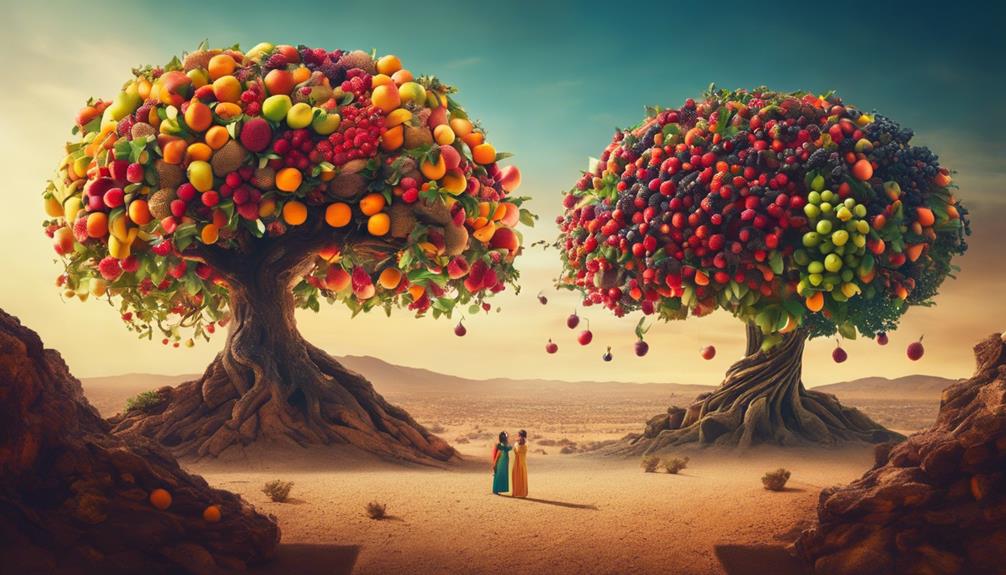
Public Domain Dedication, mainly through CC0, is crucial for the AI art community. It grants creators and users complete legal freedom. This means they can use, adapt, and share artworks without restrictions. Such freedom is vital for innovation in the world of AI-driven art.
This approach encourages a culture of sharing and collaboration. It removes legal barriers, making it easier for artists to work together. This is especially important in a field that thrives on collective creativity and the free exchange of ideas.
In essence, Public Domain Dedication through CC0 is a game-changer. It fosters an environment where creativity can flourish. This is essential for pushing the boundaries of what’s possible in AI art.
Legal Freedom Ensured
Choosing the Creative Commons CC0 Public Domain Dedication allows artists to share their AI artwork. This freedom is crucial because artists can freely distribute, remix, and build on their AI artwork without worrying about legal issues. It’s a big deal for those wanting to innovate in AI art.
By removing copyright restrictions, CC0 makes it easier for creators to collaborate and share ideas. This open environment is precisely what AI artists need to explore new creative frontiers. Committing to CC0 not only makes art more accessible but also helps the community grow by ensuring that everyone can contribute to the development of AI art without legal roadblocks.
This approach promotes a culture of sharing and collaboration among artists. It’s essential for the growth of AI-driven art, allowing creators to experiment and innovate together.
Broad Usage Rights
Expanding on the unrestricted creativity offered by Creative Commons CC0, Broad Usage Rights takes it a step further for AI artists. The CC0 Public Domain Dedication plays a crucial role in this scenario for various reasons.
Creative freedom is at the forefront as it enables the free sharing, remixing, and enhancement of AI-generated art, promoting a culture of innovation and teamwork. This freedom from copyright restrictions allows AI creators to utilize and modify various materials, sparking new ideas and collaborations. It pushes the boundaries of what’s possible by allowing the seamless incorporation of public domain content into new works. For AI artists, this means endless inspiration and resources to explore and shape their creative visions.
Selecting the Right License
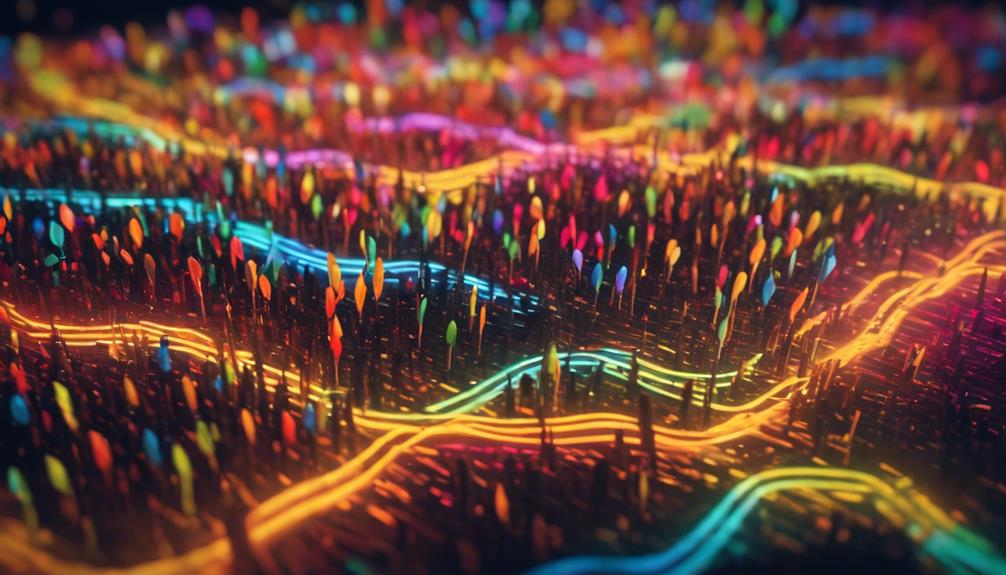
Choosing the correct Creative Commons license for your AI-generated artwork is crucial. It affects how people can use, share, and modify your work. This decision is critical for artists wanting to protect their work while encouraging creativity and sharing in the digital age. Creative Commons licenses offer various options depending on your wishes about commercial use, needing credit given, and allowing changes.
The choice of license depends on what you hope to achieve with your AI artwork. A more open license is best if you want your work to be freely used and adapted. But you’ll want a stricter license if you prefer to keep tight control over how it’s used commercially or modified. Understanding the differences between permits is essential to ensure your choice matches your goals. This ensures your rights are protected while contributing to a culture of open creativity. The permit you pick affects how your artwork is used now, its future impact, and how it’s remembered.
Applying for a CC License
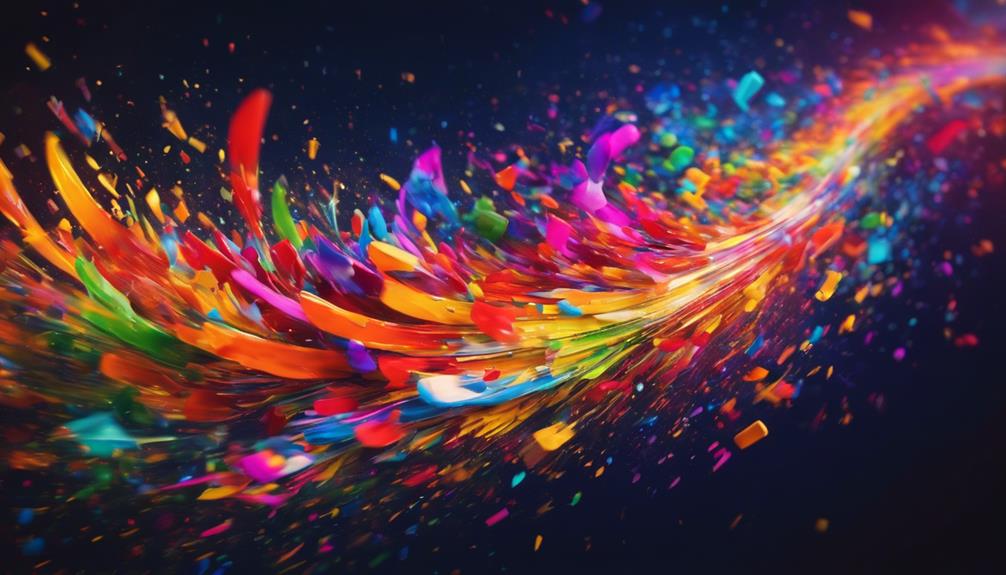
Applying a Creative Commons (CC) license to AI-generated artwork about dog breeds allows artists to set clear rules for how others can use their creations. This ensures that their work is used in comfortable ways, protecting their interests. A CC license lets artists strike a balance between keeping control over their artwork and allowing it to be shared and enjoyed by a wider audience. This approach encourages a culture of sharing and innovation in the art community.
There are four main advantages of using a CC license for AI artwork focused on dog breeds:
- Straightforward Rules: A CC license gives simple instructions about how the artwork can be used, including whether it can be used for commercial purposes if it needs to be credited to the creator, and how it can be modified or shared. This clarity helps artists communicate their wishes easily.
- Control Over Artwork: Artists can decide exactly how their work is distributed and used, which is vital for ensuring they get the credit they deserve. This control helps protect the unique qualities of their AI-generated dog breed artwork.
- Encourages Sharing: A CC license promotes a community spirit, encouraging people to share artwork to benefit both the creators and those who enjoy the art. This openness is particularly valuable in fostering innovation and collaboration in the art world.
- Flexible Permissions: With different permissions, artists can customize how their work is shared. This means they can align the sharing of their dog breed artwork with their specific goals, whether they’re looking to reach a broad audience or protect their work more closely.
In essence, a CC license provides a foundation that honors the rights of creators while enhancing access to and innovation in AI-generated artwork about dog breeds. This framework supports a thriving art community where respect for creators’ intentions and collaborative sharing leads to a richer, more diverse exploration of art.
Policy and AI Artwork
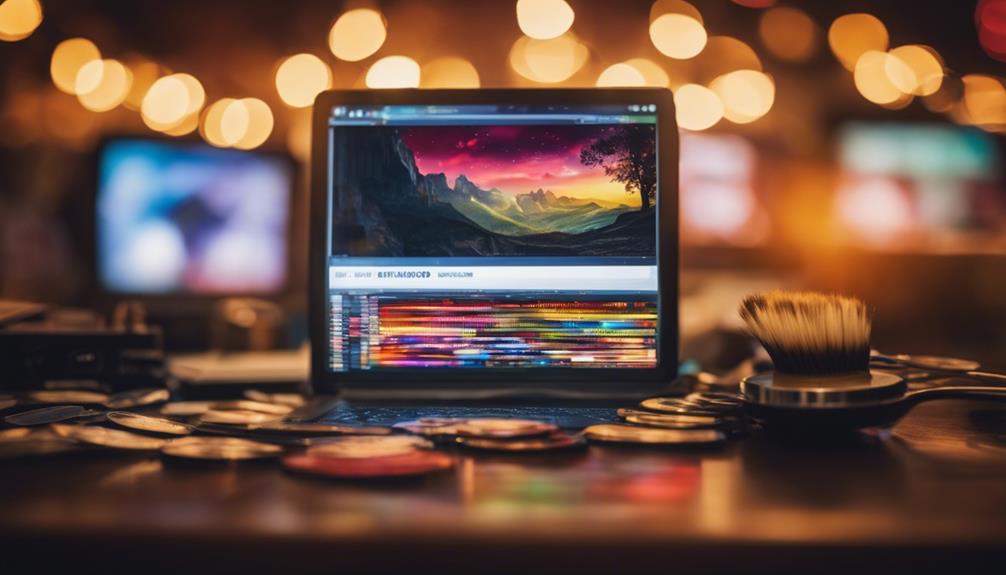
Creative Commons licenses are crucial in managing how AI-created digital art is used and shared. These licenses help artists ensure their work is used in ways they agree with while still following copyright laws.
Creative Commons (CC) licenses are essential for artworks created with AI. They allow for sharing and remixing in a fair and legal way.
Using CC licenses with AI art highlights how copyright policies are changing to keep up with new tech. It shows we need flexible policies to handle the unique issues AI art brings up. As AI tech improves, CC licenses become more important for encouraging people to collaborate and innovate.
Artists who pick CC licenses help create a system that supports ethical use and creativity with AI art. This approach keeps the digital art world vibrant and open to everyone.
Frequently Asked Questions
What Is the Advantage of Using Creative Commons?
- Promotes sharing and innovation globally.
- Legal clarity supports ethical sharing.
- Boosts community growth and cultural values.
Why Is Using Creative Commons Material a Good Idea?
- Open access boosts global sharing and learning.
- Simplified legalities cut down costs and confusion.
- Encourages ethical sharing and cultural growth through community.
Why Is Creative Commons Better Than Copyright?
- Creative Commons boosts sharing globally, allowing everyone access.
- It clarifies legal aspects, making rules clear and straightforward.
- Encourages content diversity and supports new creations.
Can AI Art Be Copyrighted?
- Legal challenges impact AI art’s copyright.
- Artist and AI roles blur in ownership debates.
- Intellectual property laws are essential to resolution.
